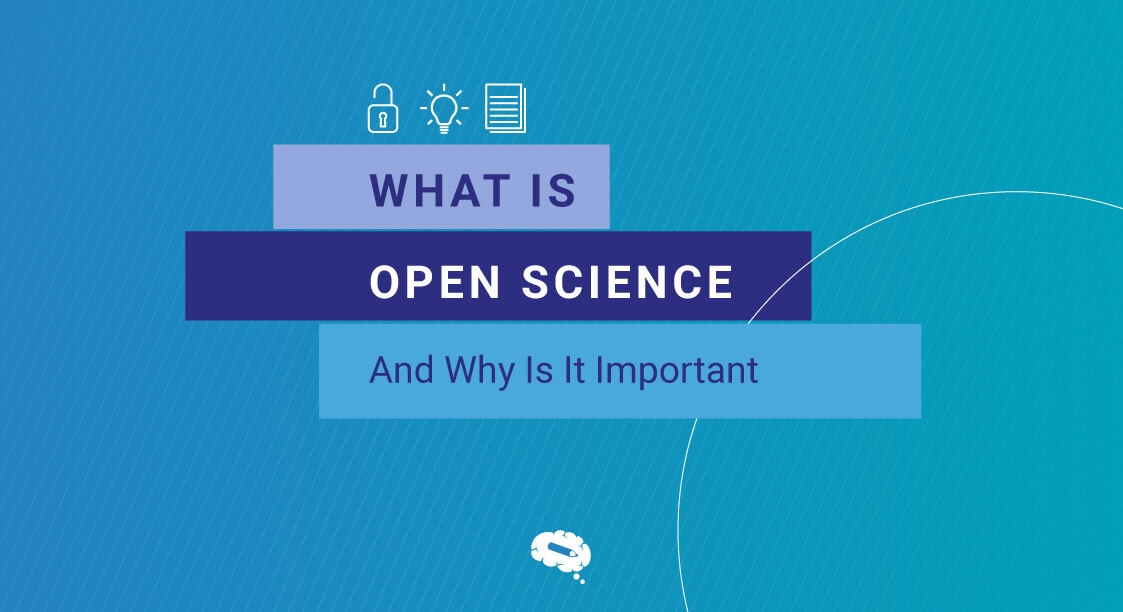Research laboratories, or “labs” for the intimates, are spaces indicated to execute experimental tasks which may aim for new discoveries and advances in science. They are also used to perform quality control and optimization of processes prior to industrial implementation.
There are many laboratory types and areas. Depending on both the objective and needs of the research, each lab is supplied according to the sort of research to be performed, including equipment and environment control, such as light, temperature and pressure.
This article will take you through the types and main characteristics of research labs and provide you some insights on how to start your career in a research lab.
What do Research Labs do?
As the name says: research. And that means lots and lots of experimentation about diseases, cancers, and other factors that impact human or animal health.
Even before the term “science” was used by mankind, the need for experimentation already existed. Around the 5th century, the famous Greek philosopher and mathematician, Pythagoras de Samos, supposedly managed the oldest known laboratory in history. In it, Pythagoras headed studies about different instruments and objects’ sonority, drawing conclusions known today as frequencies.
Do as Pythagoras and start drawing your science
Mind the Graph is a tool which can easily be used to create amazing presentations, infographics, graphical abstracts and more. Start your first creation in the workspace and see for yourself!
Types of Research Labs
We can divide them according to their objectives and characteristics. It’s important to emphasize that even labs that share the same field of knowledge or specialization may have subtle but necessary differences between them. Take a look at these types of research labs:
1. Quality Control Labs
Quality Control labs are mostly used to run tests in which both components and objects of study are crucial to the analysis. This type of laboratory is often associated with chemical practices, physics or biological sciences, such as microbiology.
2. Biosafety Labs
In biological research, scientists often deal with pathogens that could represent a serious risk to public health outside of the laboratory environment, like viruses and bacteria. These labs are classified into 4 levels of biosecurity where level 1 represents the lowest and is designated for organisms of little danger, such as Saccharomyces cerevisiae.
In contrast, level 4 is where scientists study the effect of biological agents that are very harmful to individual life and with high spreading skills, like the Ebola virus.
3. Clinical Labs
Clinical laboratories are those dedicated to the analysis of various biological samples, such as blood and urine. Also known as medical laboratories, they are essential to assist in the diagnosis, treatment and prevention of certain diseases. In such places, science is applied to improve the quality of treatment for patients, not necessarily to develop scientific knowledge.
4. Production Labs
Production Laboratories are fundamental to assure the perfect transition from research to industrial production, whereas some processes may not work well when transitioning from small to large scale, and vice versa.
Normally, the main objective of this kind of lab is the study and design of a process that works well in different technologies. Production labs are very common in industries such as biotechnology, technology and pharmaceuticals, for example.
5. Research and university Labs
Research and university laboratories focus on either science or humanities. The role of the professionals in such labs is to work alongside post-doctorates and principal investigators. It’s not unusual to see university laboratories turning research and teaching labs into places where students can practice and test their knowledge.
Solution for Labs visual creations
Talking about Labs, Mind the Graph’s Teams & Labs subscription is an awesome solution for those who like to co-create. Besides unlimited start-from templates and science illustrations, subscribers can also share creations with up to 10 simultaneous users.
But if you haven’t started your career yet, a Researcher subscription might be better to start creating visually appealing infographics and attract attention to your science paper.
How to start a career in a research lab?
If you are interested in becoming a Lab Researcher, follow the steps below:
1. Pursue higher education
Your first objective is to gain the credentials needed to pursue your career goals. It’ll depend on the kind of Lab Researcher you want to become, but most careers start with a bachelor’s degree in the selected field of study.
2. Gain relevant experience
After or while completing your degree program, consider finding opportunities to gain relevant work experience. Volunteer opportunities are a great gateway.
Another option is to pursue an internship during your degree program or after completing your education. Internships give you the chance to work under the supervision of an experienced professional, which could grant you much knowledge and recognition.
3. If required, obtain a license
Some countries require medical lab researchers to have licensure before they can practice. Conquering it means that you’ve reached a high standard of professional qualifications for performing your work.
If you plan to earn licensure, you’ll need a certain quantity of practical training hours and, in some cases, pass an exam. But that should be easy after years and years dedicated to scientific discoveries.
In or out of a Research Lab, communicating science visually is essential
Since humans are visual creatures, counting on the support of infographics is a great start for reaching a wider audience. Make your science greater with Mind the Graph. According to Cactus Communication studies, articles with graphical abstracts have 3x more downloads in comparison with those without it.

Subscribe to our newsletter
Exclusive high quality content about effective visual
communication in science.




